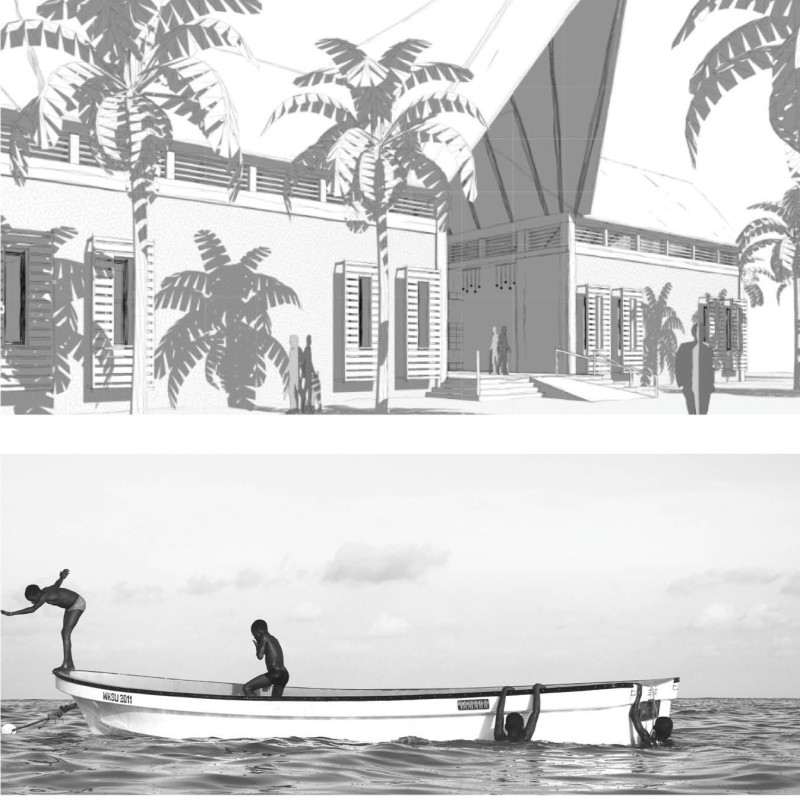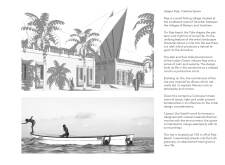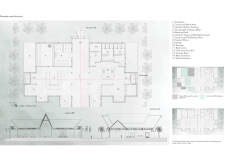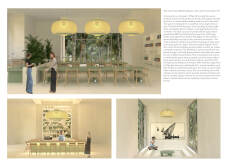5 key facts about this project
## Overview
Upepo Paje is a creative community space located in Paje, a fishing village on the southeast coast of Zanzibar, positioned between Bwejuu and Jambani. The architectural design seeks to reflect the region's coastal essence while fostering community engagement and cultural integration. This facility serves as a multifunctional hub, catering to both local residents and visitors, emphasizing a collaborative environment conducive to creativity and productivity.
## Design Philosophy and Cultural Integration
The design draws inspiration from the natural environment and the local cultural context, particularly the traditional dhows that are integral to the region. The architectural form features sharp angles and dynamic silhouettes, reminiscent of dhow sails, which breaks from conventional building aesthetics and fosters a sense of movement. Spaces are organized to facilitate interaction and creativity, with a layout that includes communal work areas as well as private offices for focused tasks. Flexibility in the design allows for workshops and meetings to adapt to various activities, enhancing the user experience.
## Materiality and Sustainability
The selection of materials prioritizes local resources to promote sustainability and aesthetic harmony. Local stone and clay provide structural integrity, while wood enhances interior warmth and supports local craftsmanship. Traditional materials such as thatch and bamboo are employed in roofing and shading systems, aligning with the region's architectural heritage. Passive cooling strategies harness natural sea breezes, reducing reliance on artificial climate control and reinforcing the project's commitment to environmental sustainability. Ample greenery is incorporated both indoors and outdoors, further enhancing air quality and establishing a strong connection with the surrounding landscape.






















































